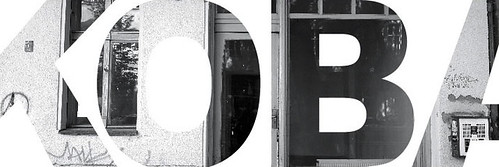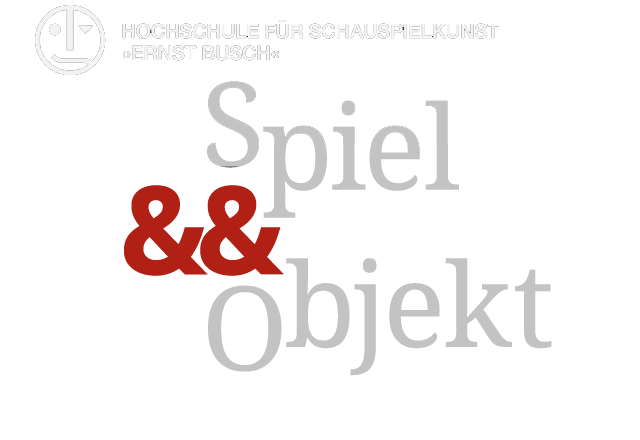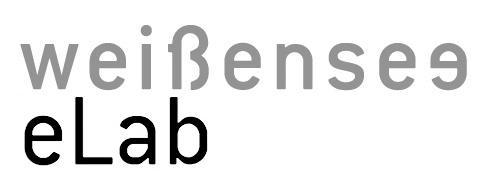Traces
Machine-sewn Neopixel Strip
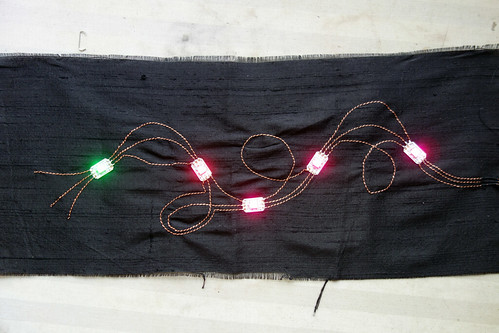
Sewing Karl-Grimm copper conductive thread as bottom bobbin thread in sewing machine and soldering cut up pieces from a Neopixel strip to these lines to have custom placement and spacing.
Plotted Flex PCB
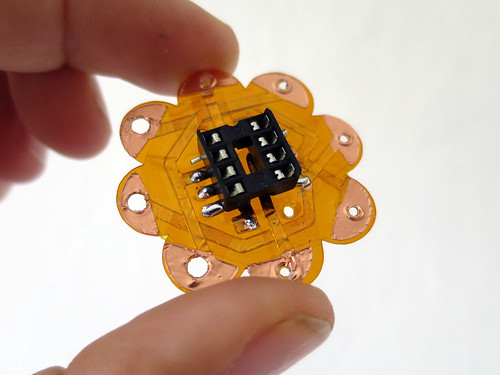
Using a Silhouette Cameo Plotter to cut a flexible circuitboard from various materials. The circuit base material is Kapton, a material that can withstand the high heat of soldering. The conductive circuit traces are cut from a sheet of copper tape and transferred manually onto the Kapton base. Finally a soldermask is cut from very […]
Screen-printed Copper Paint on Fabric
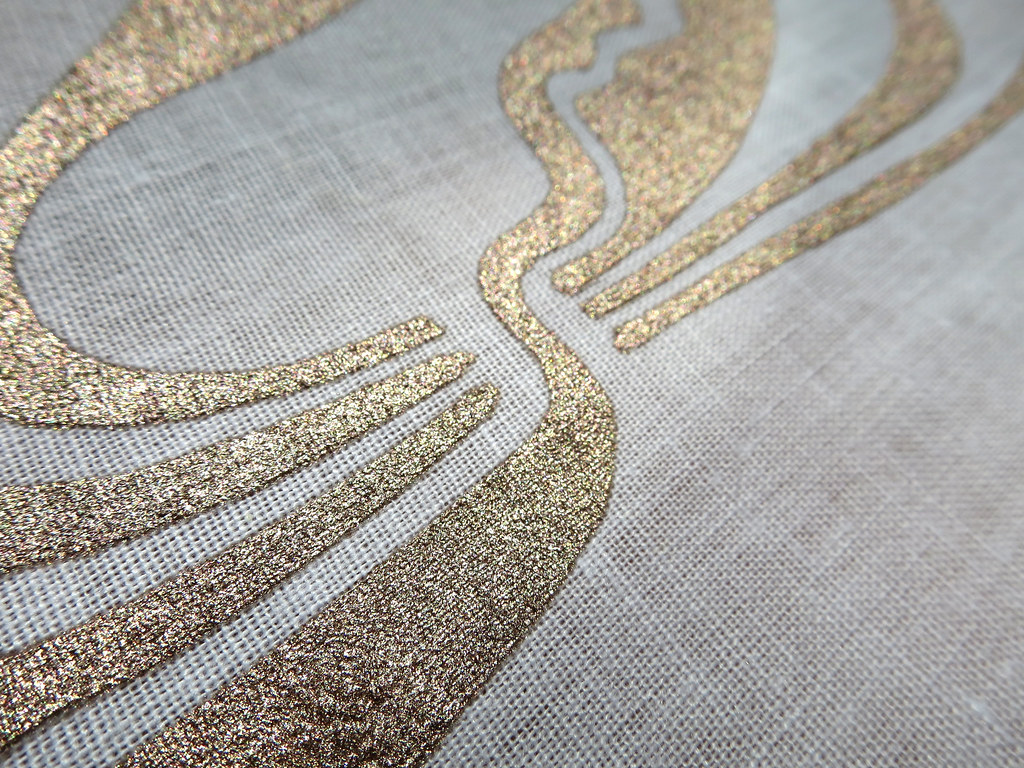
Conductive copper paint from LessEMF mixed with lubricant and screen-printed on to fabric. This print was made during the Screen-Printing Circuits Workshop held at the 2014 E-Textile Summercamp.
Laser- and Vinylcut Solder Masks

Make your own solder mask! Links: Fusible interfacing >> http://www.kobakant.at/DIY/?p=1611 Solder mask supplies >> Vinycut fabric circuits >> http://www.kobakant.at/DIY/?p=1132
Etching Flex Circuits

You can design, print and etch your own PCBs from a flexible sheet of Kapton coated with a thin layer of copper. To do this yourself you need some special materials and equipment, and if you are not planning on etching circuits more regularly then it can be nice to start by looking for a […]
Stretch Conductors

When you need you conductors (wires) to be stretchy, one option is to crochet, knit or braid a conductive thread (or even a wire) alongside some elastic. Make sure to tension the elastic as you go so that ultimately the elastic bunches together the strand, allowing it to stretch a certain amount.
Machine-Sewing Solderable Traces

Using Karl Grimm’s copper thread to sew solderable circuit traces to fabric. Karl Grimm’s copper thread is very much like wire, but much more flexible and it doesn’t quite look like wire. I haven’t had much luck using it as the bobbin thread in my sewing machine, but you can sew in place using regular […]
Plated Fabric Traces
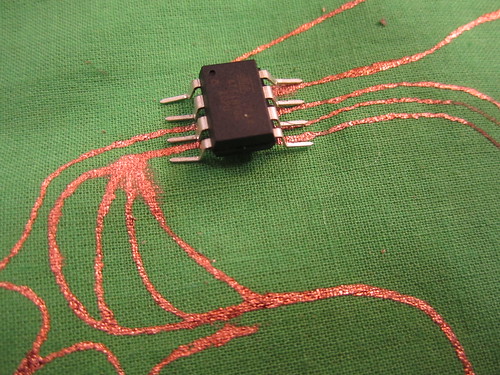
Copper plated traces are flexible and solderable. Start by painting with conductive paint directly onto the fabric where you want the copper to plate to. Then you’ll need to prepare the plating process. It takes only a few minutes to get a nice layer of copper. More information on the plating process can be found […]
Printed Copper Traces
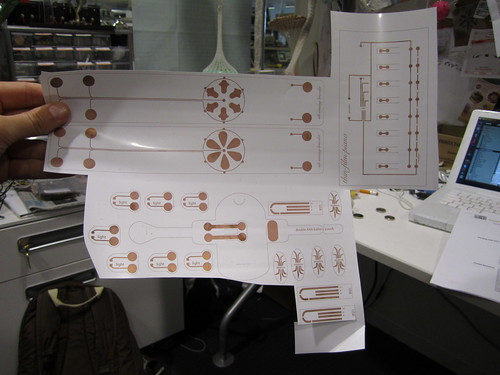
Flexible circuits can be made from a variety of flexible conductive materials on various substrates. The conductors can be printed, painted, cut&pasted, adhered and fused…
Knit Breadboard Circuit
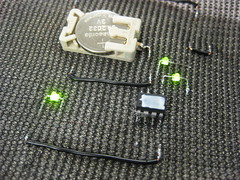
Plug and Wear makes and sells a knit perfboard. Alternate rows and knit with wire and a non-conductive synthetic yarn so that parts can be soldered to separate rows, similar to a traditional breadboard.
Fabric Ribbon Cable

Dan Riley (www.scisci.org) made a beautiful Fabric Ribbon cable. 8 separate lines of conductive threads are woven into the fabric. The end of the cable is connected to normal 16 pin plug as normal ribbon cable.
knitted stretchy cable
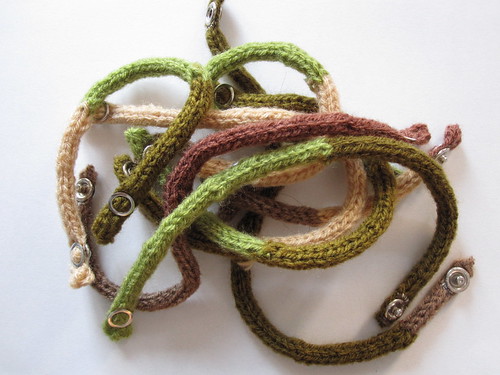
For knitted sensors and interfaces, it will be great if there were also knitted cables. So, I tried it! By using Spool knitting tool (Strickliesel in German), you can make a knitted tube easily. For more easier and faster solution, you can also use automatic Knitting Mill (Strickmühle). This tube is an isolation layer for […]
stretchy cable
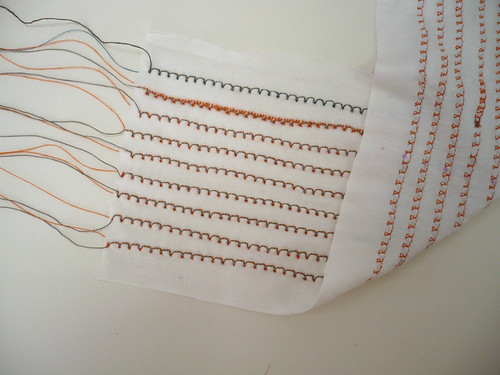
Using stretch stitch on sewing machine, you can create stretchy fabric cable. The picture shows 9 line stretchy fabric cable, which resistance is 150 ohm/m.
Isolating Traces
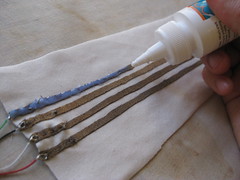
In most applications it is important to isolate the conductive traces. For stretchy traces this requires a stretchy isolation. So far we have experimented and had good results with: stretchy fabric glue, puffy fabric paint and extra layers of fabric.
Stretchy Traces
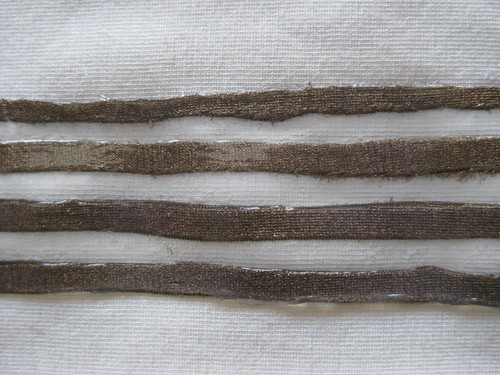
Stretchy conductive traces are great for wearables because their stretchiness makes these traces comfortable and durable against wear and strain.
Vinylcut Copper & Fabric PCB
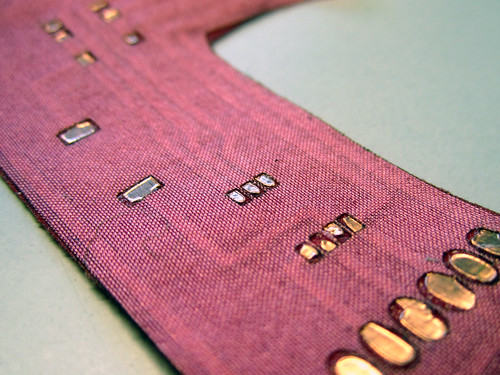
Using a vinyl cutter to cut the traces of a circuit design out of copper foil with adhesive backing. The copper traces can then be transferred to a base to make a flexible circuit. Additionally a solder mask can be lasercut (or also vinylcut) from fabric with adhesive backing and applied to isolate the traces […]
Circuit Sewing Tips
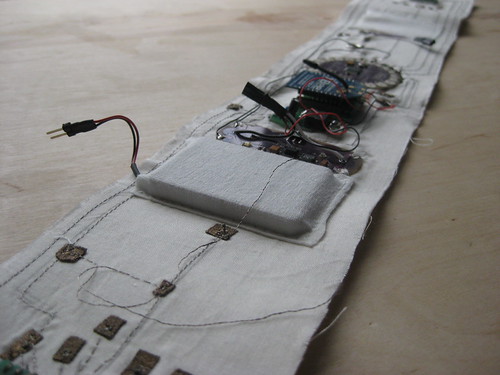
You can make a whole circuit using conductive thread and fabric. Here is some tips, DOs and DONT DOs.. that are learned from many mistakes we made in our past trials.
Non-Stretchy Traces
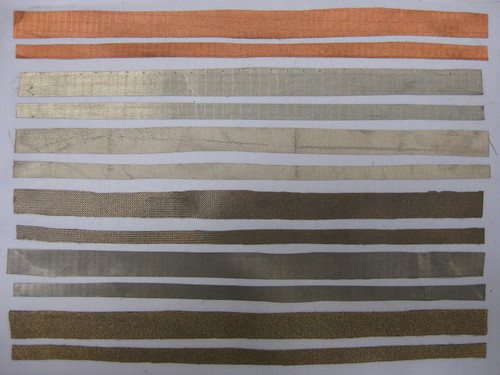
Non-stretchy traces make very stable connections on a non-stretch fabric but make less or no sense when working with stretchy fabrics.
Washability Tests
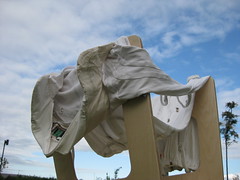
We haven’t done any consistent experiments for washability of conductive fabrics, threads and connections. But we have washed the Perfect Human costume containing the neoprene bend sensors more than twice and it is still functioning as before. We excluded the collar and the circuitry from these washed.
Lasercut Fabric Circuits and Traces
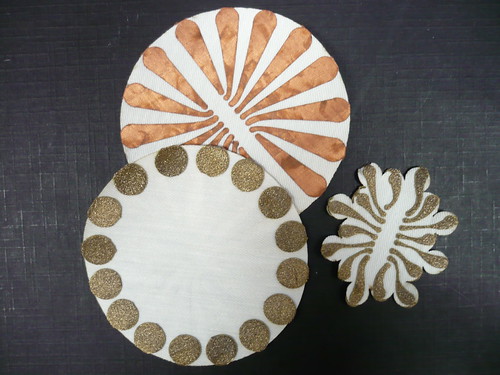
Fabric PCB’s are flexible, washable (hopefully) and sewable, even with sewing machines. The method we used is basically following the fabric PCB from Leah Buechley. You need a laser cutter to do this method, since the cut pieces are quite small and needs to be accurate. It will be quite difficult to cut this by […]


